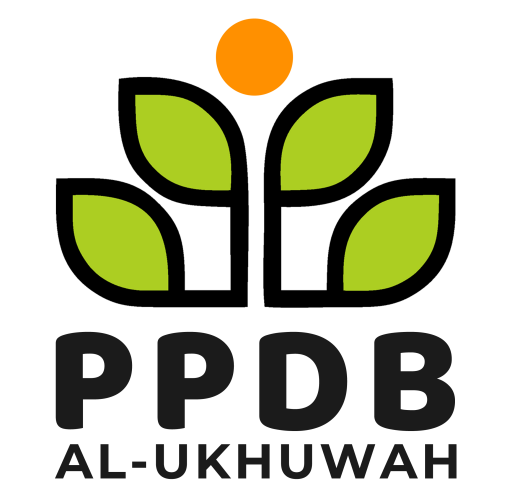This will help you understand the basic functionality of concatenating datasets vertically (row-wise) and horizontally (column-wise). To simplify image processing tasks, I developed a batch image processing script using Pillow. It can resize a collection of images to predefined dimensions and overlay a watermark or logo on each image, making it ideal for photographers and content creators. OpenCV‘s image processing offers a strong basis for a variety of jobs, but it may be improved even more by utilizing the convolutional capability of deep learning.
Image Segmentation Using Thresholding
Its user-friendly interface and extensive documentation make it suitable for both beginners and experienced developers working on image analysis projects. While taking photographs is as simple as pressing a button, processing and improving those images sometimes takes more than a few lines of code. That’s where image processing libraries like OpenCV come into play. OpenCV is a popular open-source package that covers a wide range of image processing and computer vision capabilities and methods. It supports multiple programming languages including Python, C++, and Java.
Simple Example of Using pd.concat
Advanced convolutional neural networks are available in these deep learning frameworks, which can preprocess images more accurately and effectively. Morphological procedures are often used in conjunction with other image processing methods like segmentation and edge detection. It provides a simple interface to interact with animage manipulation service, allowing you to perform various operations on images. By reading the image as a NumPy array ndarray, various image processing can be performed using NumPy functions.
Use saved searches to filter your results more quickly
- This section addresses basic image manipulation and processing using thecore scientific modules NumPy and SciPy.
- Unlike pandas, which operates in-memory, Dask can work with data that exceeds the memory capacity of your system, processing large datasets in chunks across multiple cores or even different machines.
- The notebooks demonstrate the use of SimpleITK for interactive image analysis using the Python and R programming languages.
- Python Arithmetic operators are used to perform basic mathematical operations like addition, subtraction, multiplication, and division.
Keep in mind that resizing may affect the image’s appearance, so it’s a good idea to use a size proportional to the original image to avoid distortion. Image processing in Python is a rapidly growing field with a wide range of applications. It is used in a variety of industries, including Computer vision, medical imaging, security, etc.
The Python Pillow module supports over 30 different raster file types for reading. If you’re working with JPG, for example, the procedure to open a file is the same as the above. To display the image, you can use the show() method on the Image object. This displays the image in a separate window and is mostly useful for debugging purposes. The function returns an Image object, which you can start to analyze and modify. The optional keyword mode defines whether the image is opened in read or write mode.
An RGB image of size 100×100 pixels is represented by a 100x100x3 array of values. An image is a two-dimensional array of pixels, where each pixel corresponds to a color. For example, in an RGB image, each pixel is represented by three values https://forexhero.info/ corresponding to the red, green, and blue values for that pixel. Pillow also has the advantage of being widely used by the Python community, and it doesn’t have the same steep learning curve as some of the other image processing libraries.
The role of image processing is to extract useful information from images, enhance their visual quality, and automate tasks related to image analysis and interpretation. Morphological image processing is a set of python image processing techniques based on the geometry of objects in an image. These procedures are commonly used to eliminate noise, separate objects, and detect edges in images. While this recipe focuses on applying affine transformations to a grayscale image, the same principles apply to color images. Each channel of a color image can be transformed independently using the same transformation matrix. To explore the capabilities of the Lab color space, we’ll start with a basic setup involving the importation of necessary Python libraries.
Gain access to Jupyter Notebooks for this tutorial and other PyImageSearch guides pre-configured to run on Google Colab’s ecosystem right in your web browser! We can image manipulation resize an image to a specific size or scale it proportionally by specifying one dimension. If you’re not sure which to choose, learn more about installing packages.
However, to be put to any use, these images need to be processed. Image processing is how we analyze and manipulate a digital image to improve its quality or extract information from it. The documentation has instructions for installation as well as examples covering every module of the library. The package is imported as skimage, and most functions are found within the submodules. Today’s world is full of data, and images form a significant part of this data.
ITK or Insight Segmentation and Registration Toolkit is an open-source, cross-platform system that provides developers with an extensive suite of software tools for image analysis. SimpleITK is a simplified layer built on top of ITK, intended to facilitate its use in rapid prototyping, education and interpreted languages. SimpleITK is an image analysis toolkit with many components supporting general filtering operations, image segmentation and registration.
